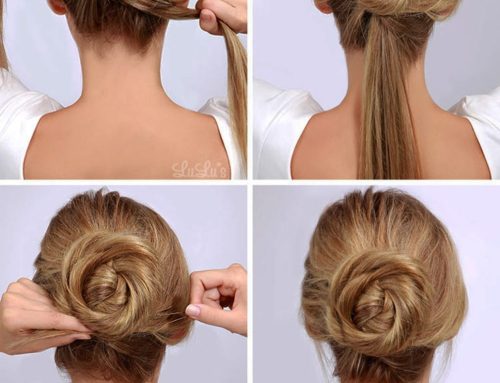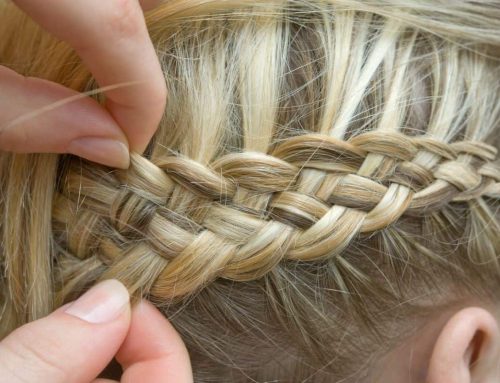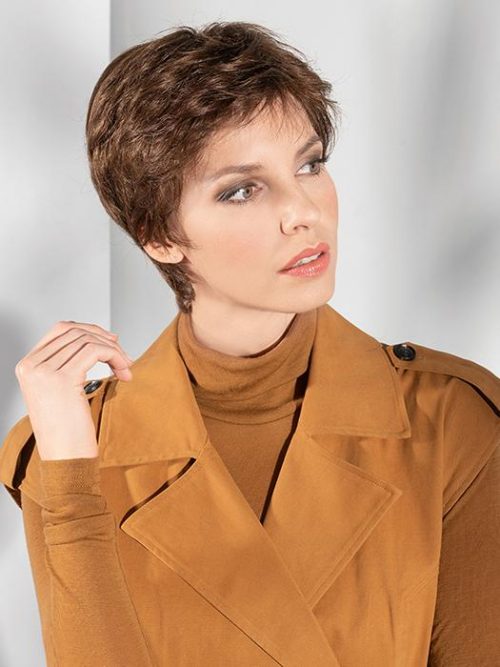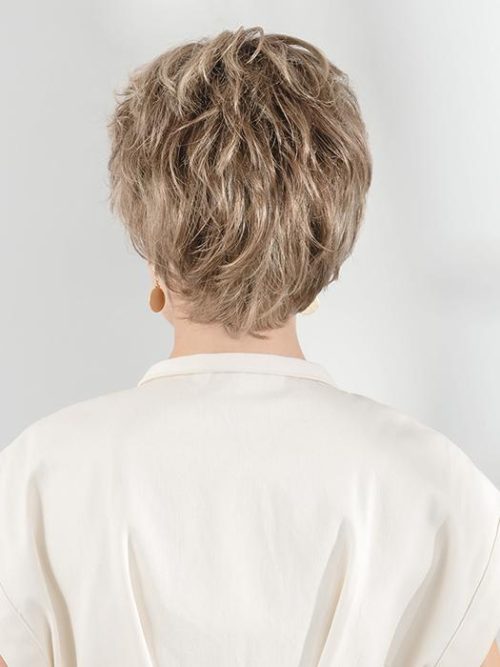Understanding the Importance of Sleep Caps
Maintaining healthy hair can be quite a challenge amidst the hustle and bustle of daily life. Exposure to environmental factors and friction from bedding can lead to dryness, split ends, and breakage, hindering hair growth. Recognizing this, an increasing number of women are adopting the practice of wearing sleep caps not just at night but also during the day to safeguard their locks. Regardless of hair type, whether curly or straight, thick or fine, silk or satin sleep caps offer protection against the abrasive nature of cotton pillowcases, promoting hair health.
Exploring Sleep Caps
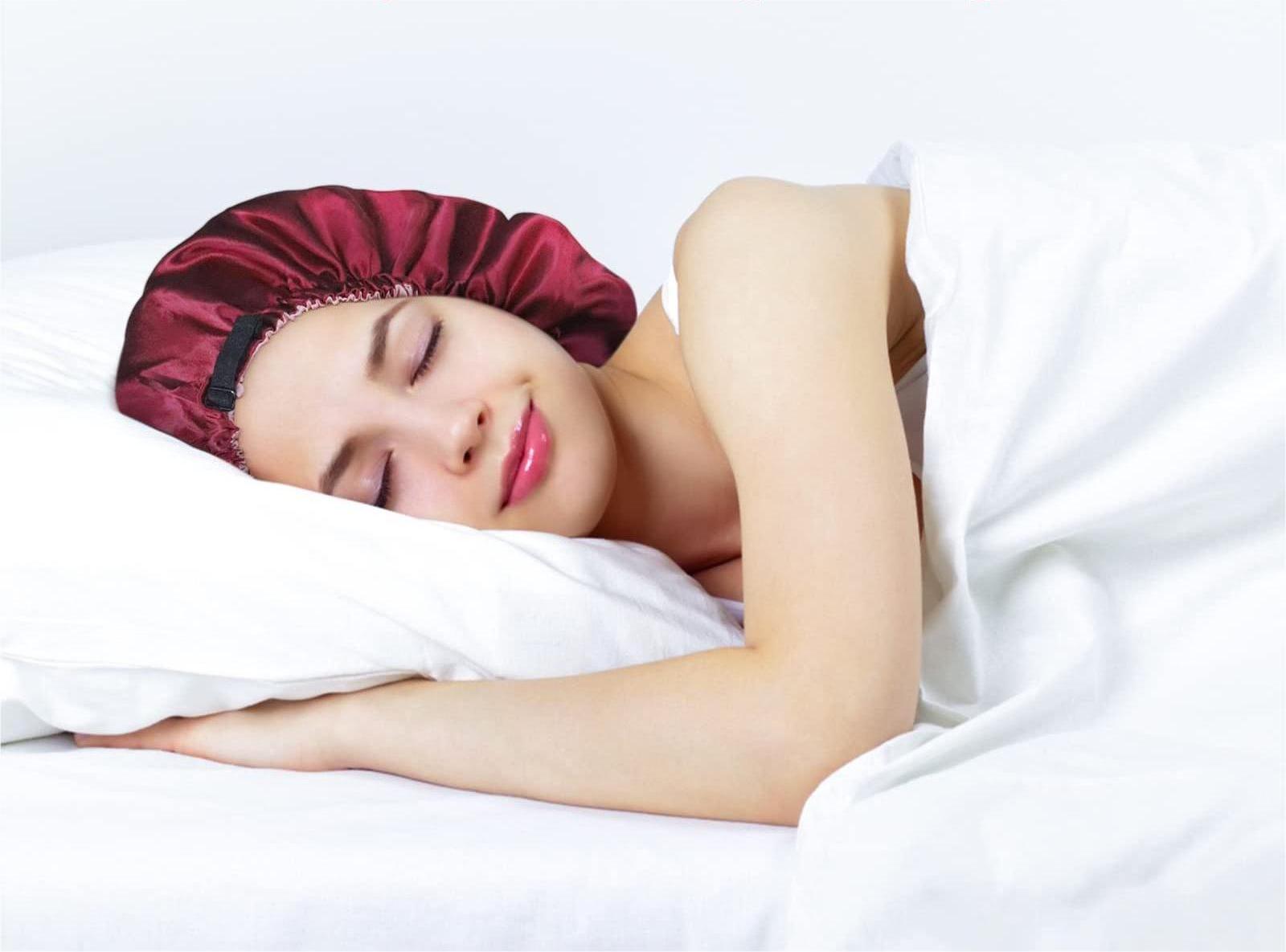
A sleep cap, also known as a hair bonnet or hair turban, is a garment worn during sleep, traditionally to combat cold climates. Initially resembling knitted caps, they have evolved into a bedroom staple, with many women incorporating them into their daily attire for added hair protection.
Who Benefits Most from Sleep Caps?
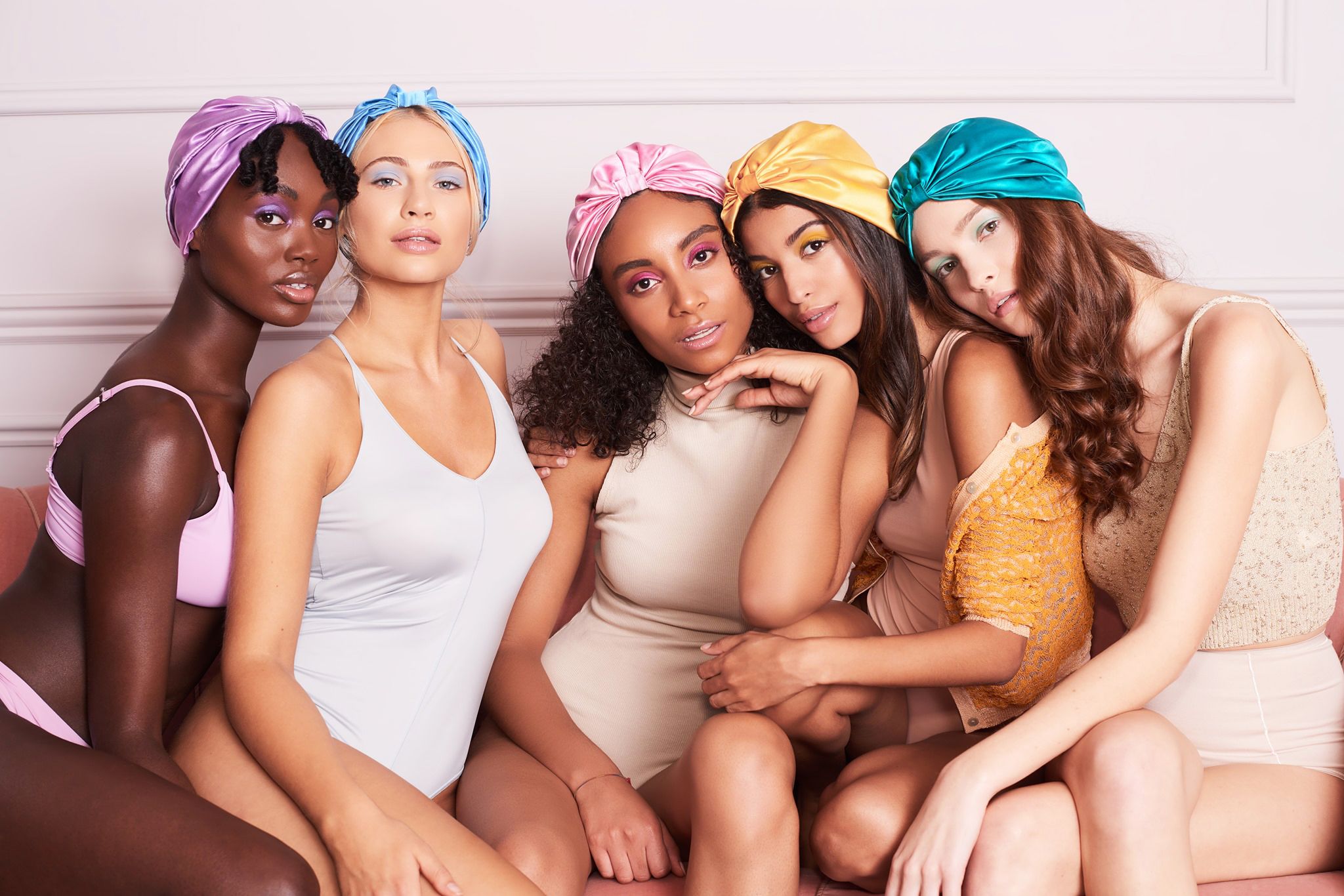
Hair bonnets have gained popularity, particularly among individuals with textured hair, such as Africans or those with naturally curly or coiled hair. These caps, be it for beach waves, ringlets, or twists, help retain moisture and prevent tangling, proving beneficial for various hair types, including long or short, straight or curly.
Types of Sleep Caps
In the market, sleep caps come in various materials, primarily categorized into three types:
1. Silk Bonnet
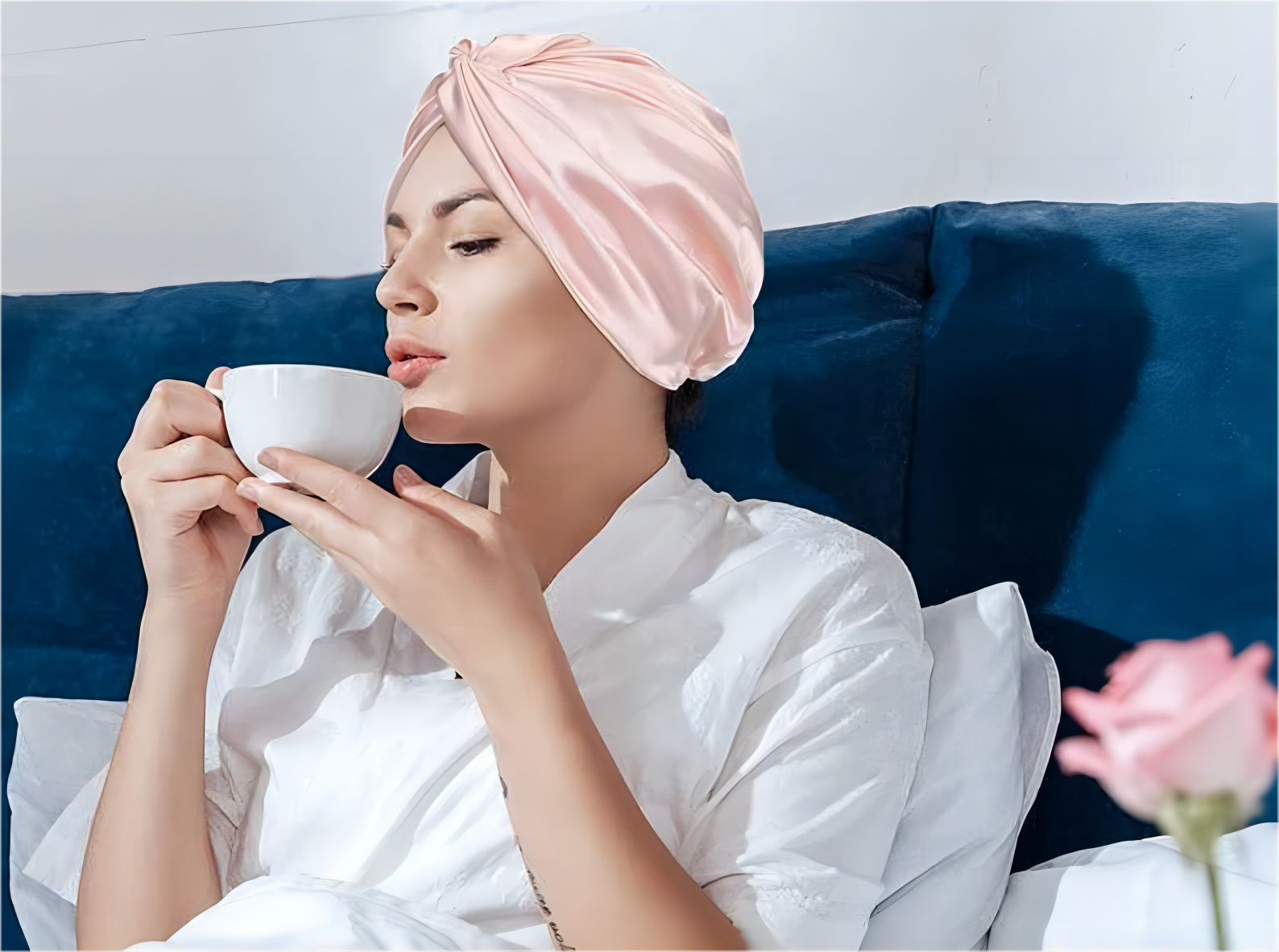
Silk bonnets, crafted from natural mulberry silk, offer exceptional comfort and are gentle on the skin, making them ideal for those with sensitive skin.
2. Satin Bonnet
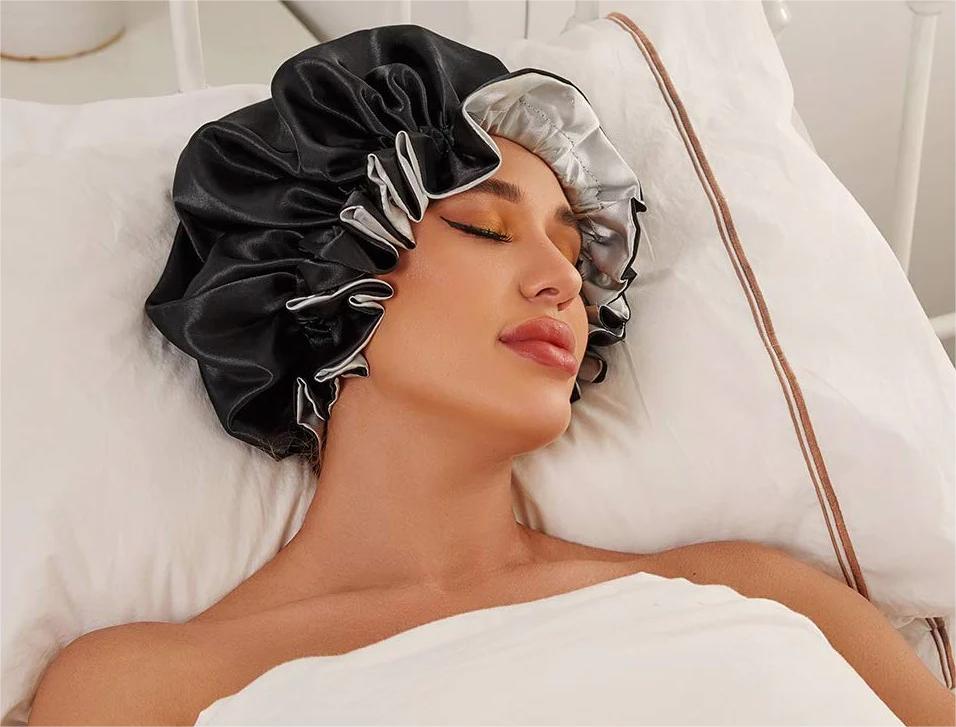
Satin bonnets, resembling silk in appearance, are made from a blend of nylon, polyester, rayon, and sometimes silk. They feature a shiny surface and are equally gentle and smooth, aiding in hair protection.
3. Bamboo Bonnet

Bamboo bonnets, suitable for chemotherapy patients and individuals experiencing hair loss, boast antibacterial properties and provide comfort akin to silk and satin bonnets.
Benefits of Wearing Sleep Caps
Understanding the significance of sleep caps reveals several advantages:
1. Maintaining Hairstyle
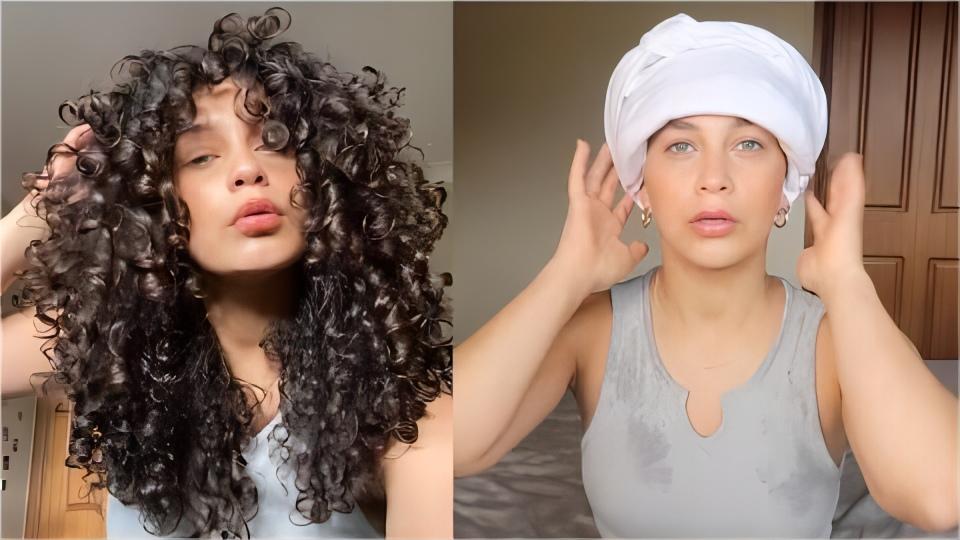
Sleep caps help preserve hairstyles, ensuring they last longer by minimizing friction with pillowcases and maintaining their shape.
2. Facilitating Styling
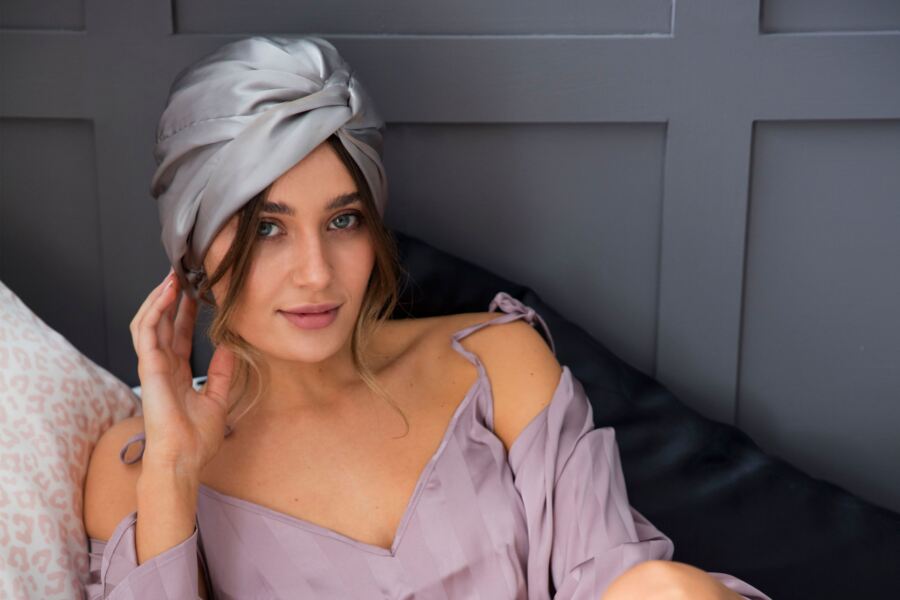
For those with busy schedules, sleep caps aid in styling hair effortlessly overnight, resulting in bouncy curls or vibrant braids in the morning.
3. Retaining Moisture and Nutrients
Sleep caps lock in moisture and nutrients, promoting overall hair health by preventing dehydration and nutrient loss during sleep.
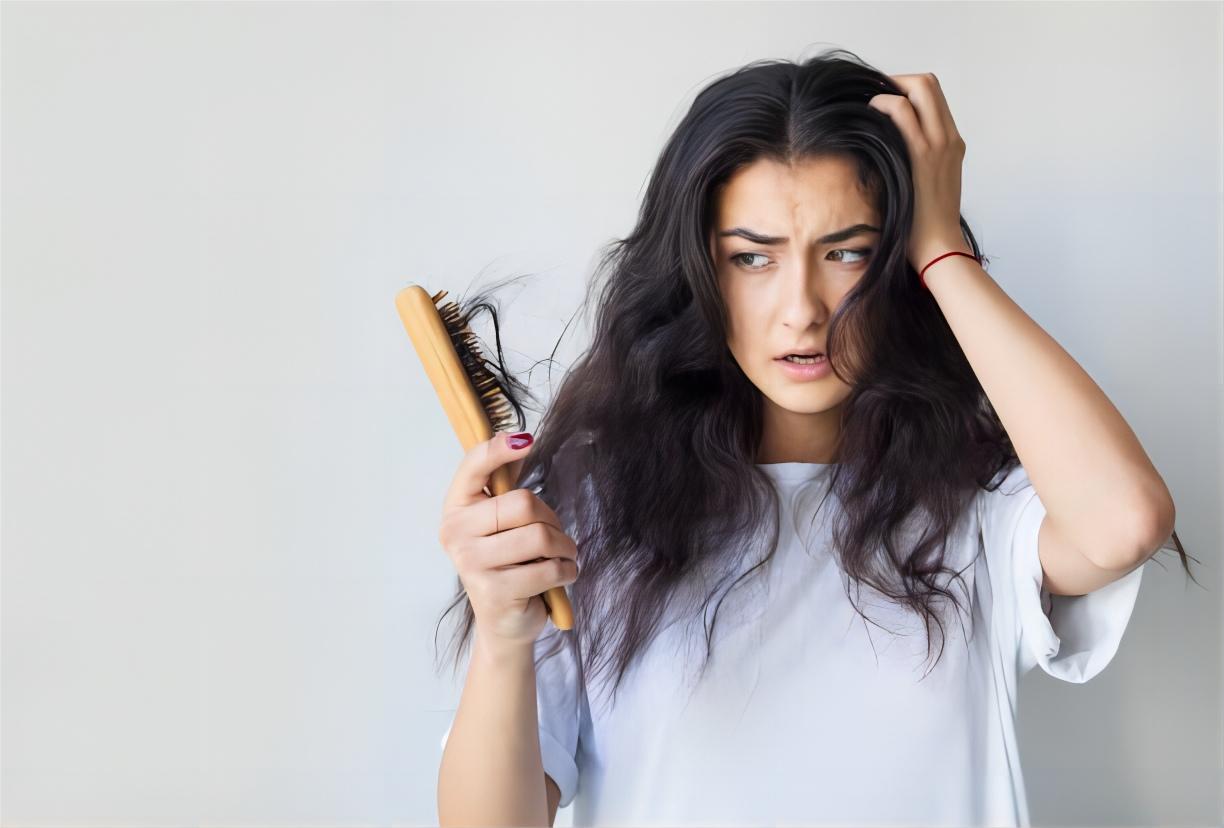
Dry hair is a prime target for damage, leading to split ends, breakage, and loss of shine. Moisturizing becomes crucial in combating these issues, especially since cotton pillowcases tend to absorb moisture from the hair, exacerbating dryness. Constant movement during sleep can further aggravate the situation, causing hair to be pulled and moisture to be lost. Fortunately, hair bonnets serve as a protective barrier, retaining moisture and allowing moisturizing products to remain in the hair rather than being absorbed by bedding.
4. Prevent Breakage
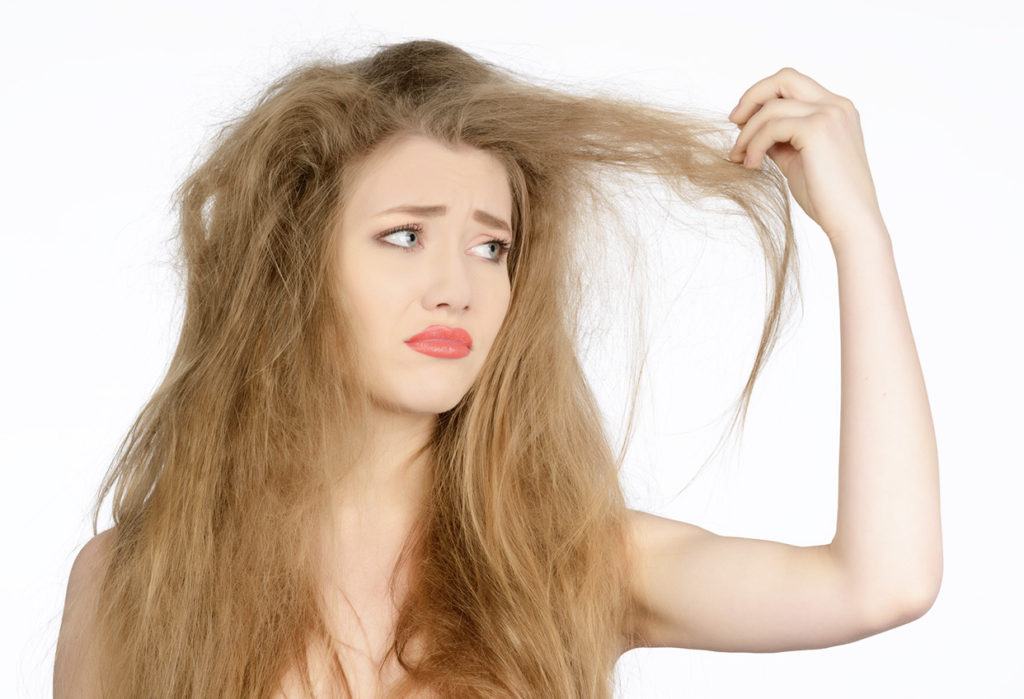
Excessive friction, often encountered during sleep, is a common culprit behind cuticle damage and breakage. Hair constantly rubbing against pillowcases and comforters can lead to thinning and chipping of the cuticle. If you wake up to find loose hair scattered on your bed, a hair bonnet can significantly reduce this occurrence. Silk pillowcases offer another option, minimizing friction and imparting natural shine to your hair.
5. Minimize Frizz and Tangles
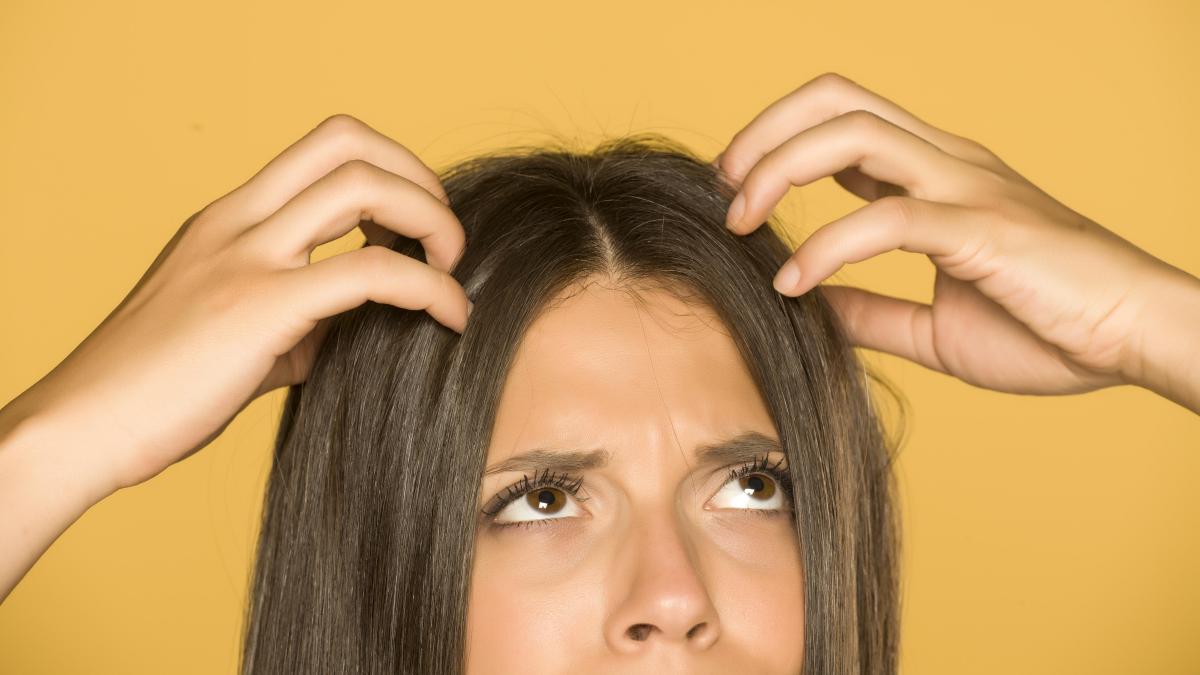
Frizz and tangles are often the result of excessive friction between hair and pillowcases, causing the hair cuticle to lift and tangle. Hair bonnets provide a gentle surface that protects the cuticle and keeps hair off the pillowcase, reducing static electricity and ensuring sleek, neat hair. Additionally, they can help prevent hair curl and maintain a polished appearance.
6. Shield Your Scalp from Irritation
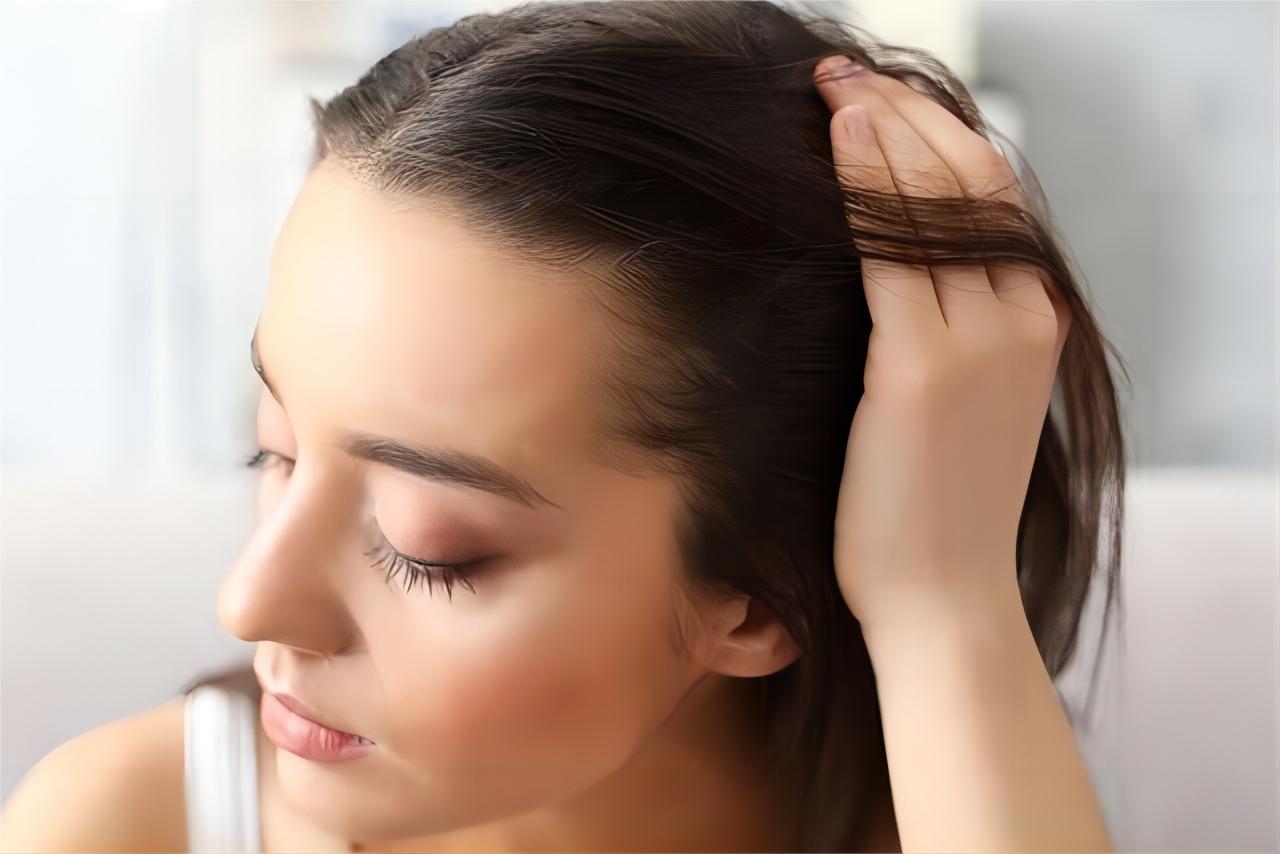
For those with sensitive scalps prone to itching, hair bonnets made of silk or bamboo offer relief. Their antibacterial and anti-inflammatory properties, coupled with a soft and silky texture, provide comfort and prevent scalp irritation. Moreover, hair bonnets help regulate scalp temperature, ensuring warmth in winter and cooling in summer, while remaining breathable to avoid discomfort.

Believe it or not, wearing a hair bonnet can actually contribute to smoother skin. How, you ask? Well, regardless of your hair type, it tends to accumulate oil over time. Unfortunately, we can’t always wash our hair immediately when it gets oily. The problem arises when this oil transfers from your hair to your pillowcase and eventually to your face, clogging your pores. By wearing a bonnet, you not only protect your hair but also enhance the appearance of your skin.
8. Improve your skin appearance
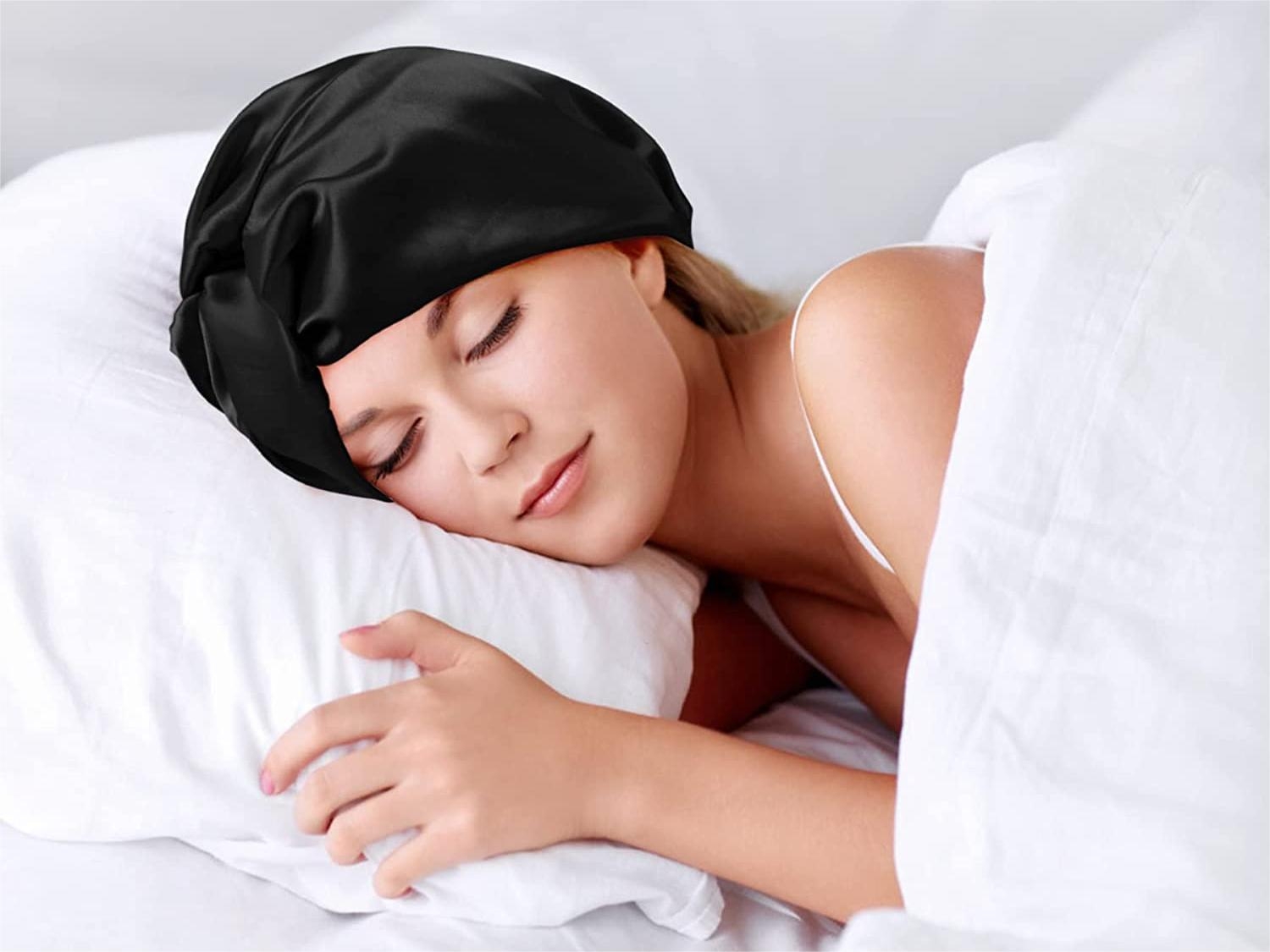
The benefits of wearing a hair bonnet extend to improving sleep quality as well. By reducing scalp irritation and maintaining a balanced scalp temperature, bonnets contribute to a more comfortable sleep experience. Studies have even suggested that using a hair bonnet can enhance immunity and promote physical recovery, particularly beneficial for individuals undergoing medical treatments.
9. Enhance your sleep quality
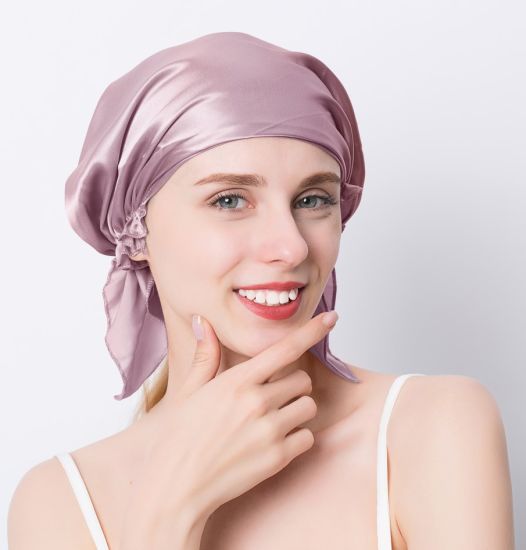
Investing in a hair bonnet can also save you money on hair expenses in the long run. While silk and satin bonnets may come at a slightly higher price, their versatility and benefits make them worthwhile. By preserving hairstyles, reducing the need for frequent hair care products, and minimizing trips to the salon for styling, hair bonnets offer a cost-effective solution for maintaining healthy hair.
10. Save on hair expenses
How to Choose the Right Sleep Cap
With a multitude of options available in the market, selecting the perfect nightcap can seem daunting. Here are some steps to guide you:
1. Get the proper length
• Short bonnet
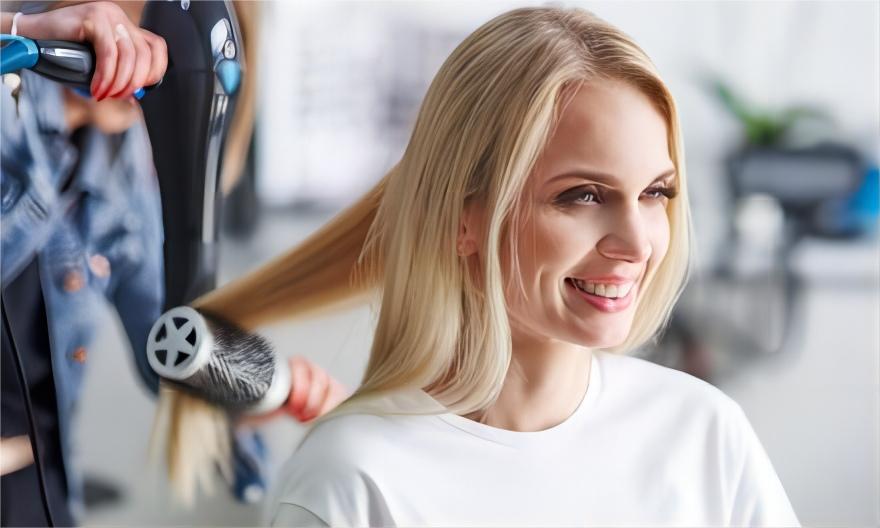
For hair above the collarbone, a short bonnet provides adequate coverage without strands escaping. It remains versatile, allowing for various hair styling options.
• Long bonnet
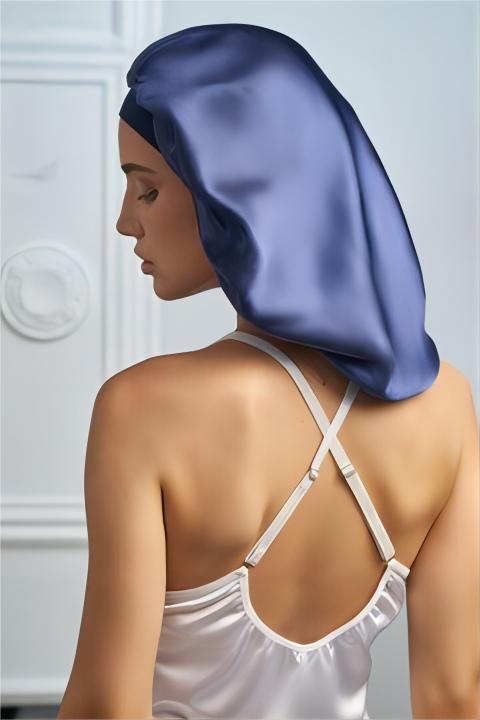
Hair reaching below the collarbone requires a long bonnet, suitable for extensions and straight hair. It prevents hair from tangling and ensures a smooth, frizz-free appearance.
• Extra-long bonnet
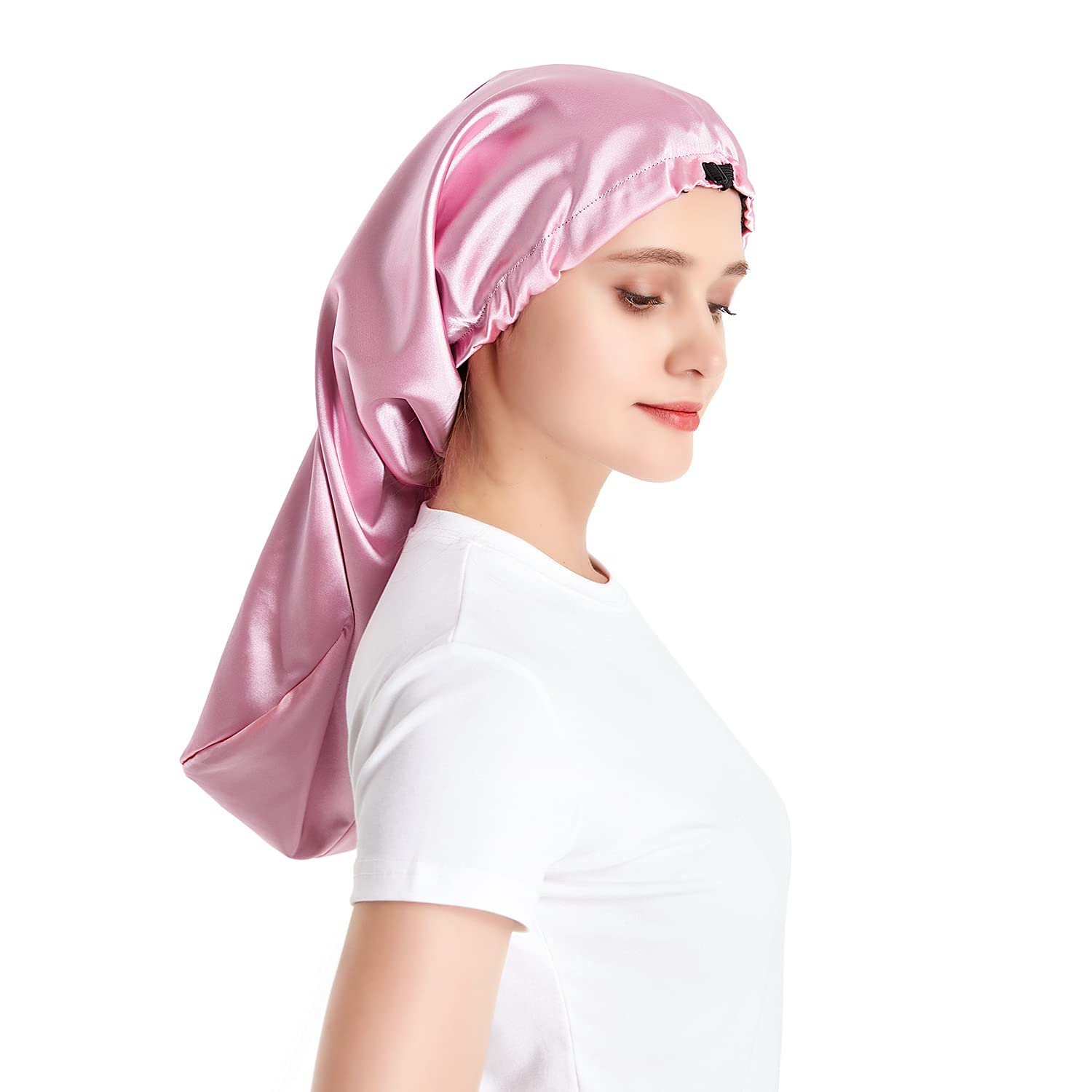
Ideal for curly hair, the extra-long bonnet tames frizz and maintains curls, accommodating voluminous hair with luxury and elegance.
2. Select the cozy fabric
• Type
Consider materials like silk, satin, bamboo fiber, cotton, or spandex blends, each offering unique benefits such as warmth, durability, or elasticity.
• Fabric content
Check product descriptions for fabric composition, ensuring a high percentage of silk or satin for quality. Manufacturers often combine these with cotton or bamboo fibers for added comfort.
• Silk bonnets vs Satin bonnets: Which is better?
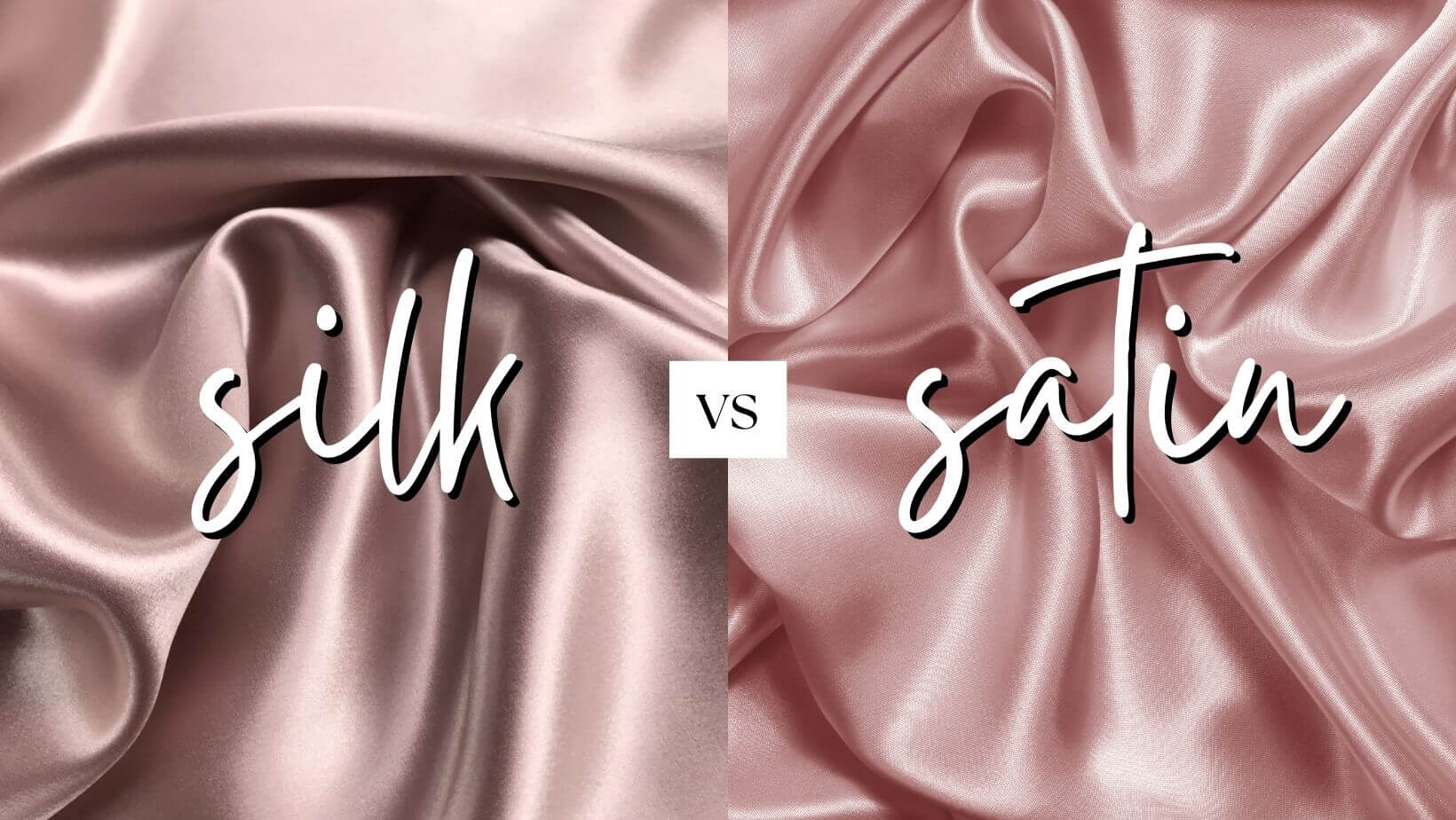
Silk Bonnet
Pros
- Luxuriously soft and smooth texture, gentle on the skin, suitable for use as bedding.
- Excellent breathability, retains scalp and hair follicle moisture.
- Hypoallergenic properties, repels fungus and mites.
- Quick air-drying capability.
- Regulates temperature, providing warmth in winter and coolness in summer.
Cons
- Less durable compared to satin bonnets.
- Requires hand washing and careful maintenance to avoid damage.
- Generally higher price point.
Satin Bonnet
Pros
- Highly durable, long-lasting usage.
- Machine washable for easy care, suitable for outdoor use.
- Waterproof, does not absorb sweat.
- Maintains shape well, resistant to deformation.
- Economical option, suitable alternative to silk bonnets.
Cons
- Rough surface, not ideal for intimate apparel or clothing.
- Less breathable compared to silk bonnets.
- Lacks temperature regulation.
3. Determine the right size
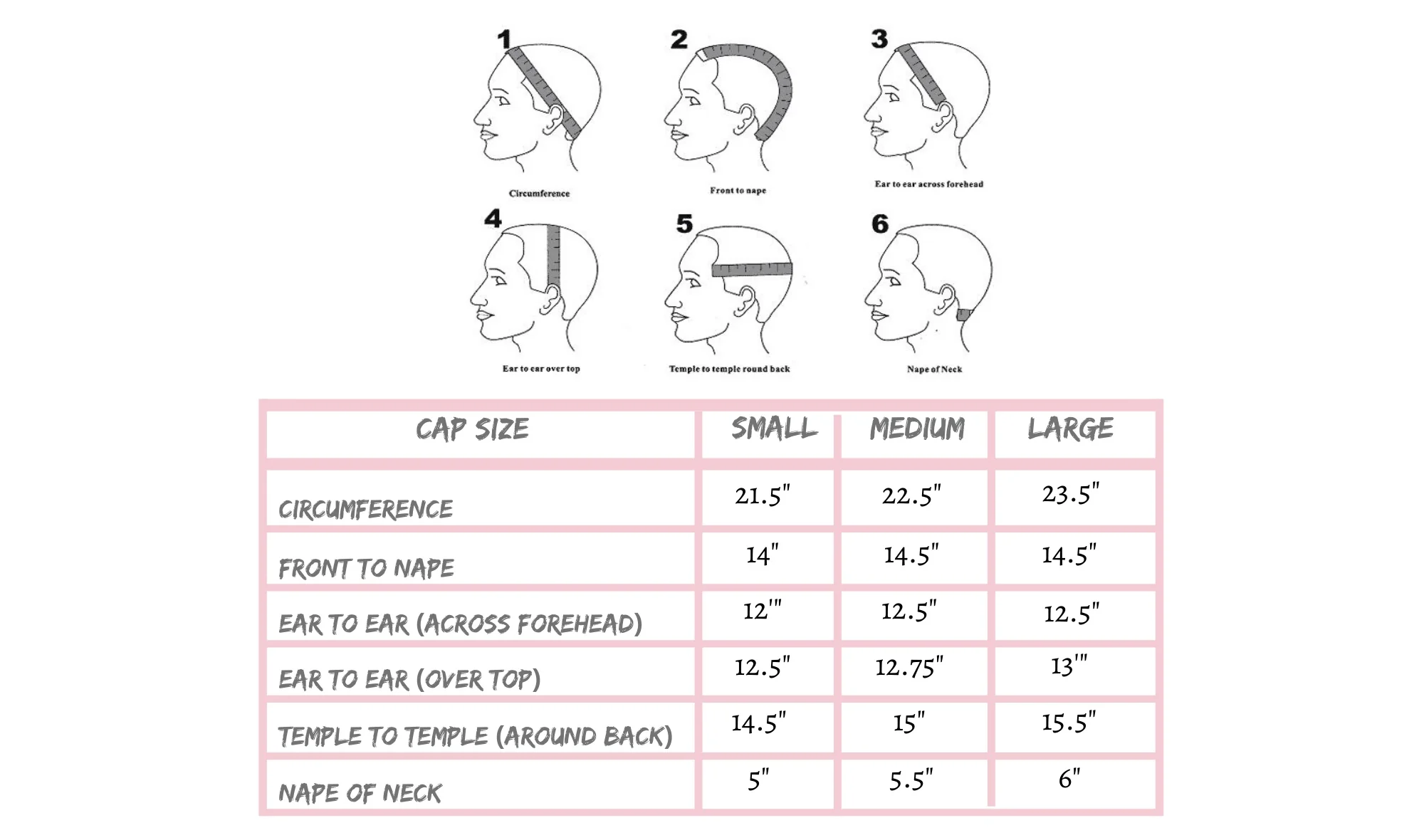
Size plays a crucial role in choosing the perfect sleep cap. Measure your head circumference and hair length, comparing them to the manufacturer’s size chart. Ensure a snug fit for optimal comfort.
• Obtain accurate measurements
Wrap the tape measure around the widest part of your head circumference, including the ears. Avoid measuring only the top of the head, as it may result in choosing a smaller size.
• Check the elastic band
Ensure the elastic band is lightweight and stretchy to accommodate various head sizes without causing discomfort. Avoid heavy webbing that may damage hair or hinder circulation.
• Consider extra-large sizes
For thick or voluminous hair, opt for oversized bonnets to accommodate different hairstyles comfortably.
4. Observe the top structure
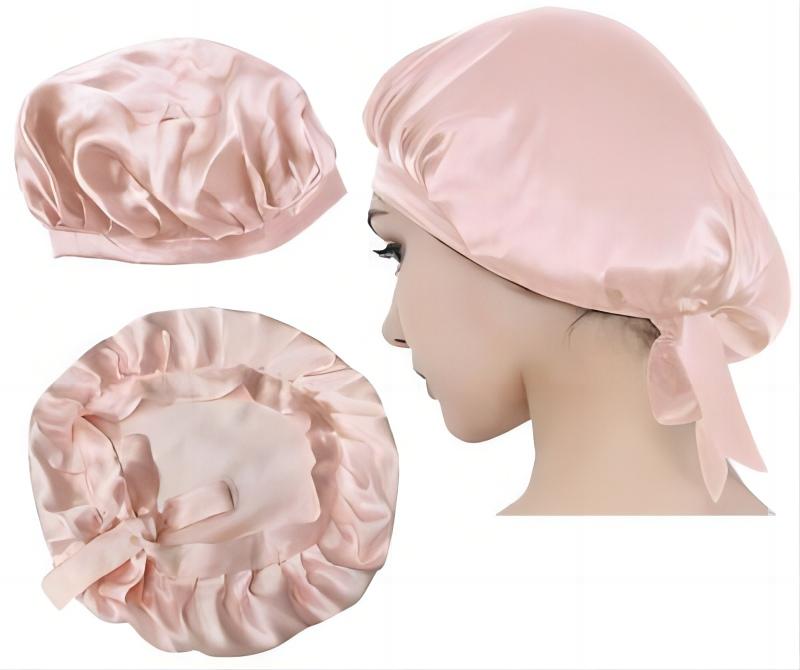
Inspect the top structure of the bonnet, ensuring sturdy seams and ample space to enclose your hair without causing frizz or discomfort. Choose a shape that complements your head shape for optimal fit and durability.
5. Choose your preferred style
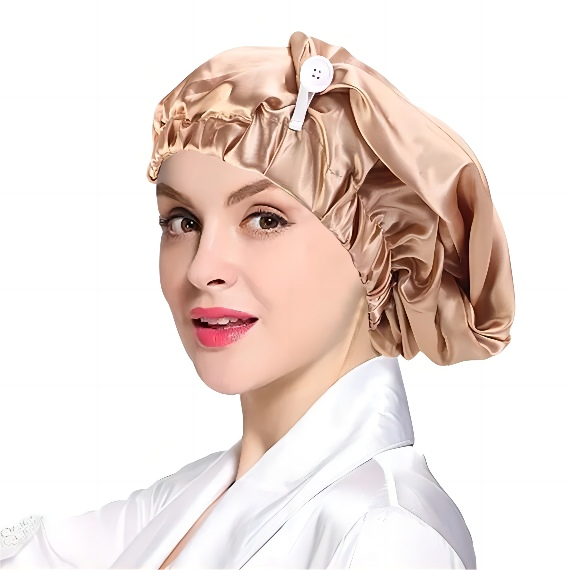
Bonnets come in various styles, from round tops to elongated designs. Select a style that suits your preferences and sleeping habits, whether adorned with decorative elements or minimalist in design.
6. Focus on adjustability
• Button bonnet
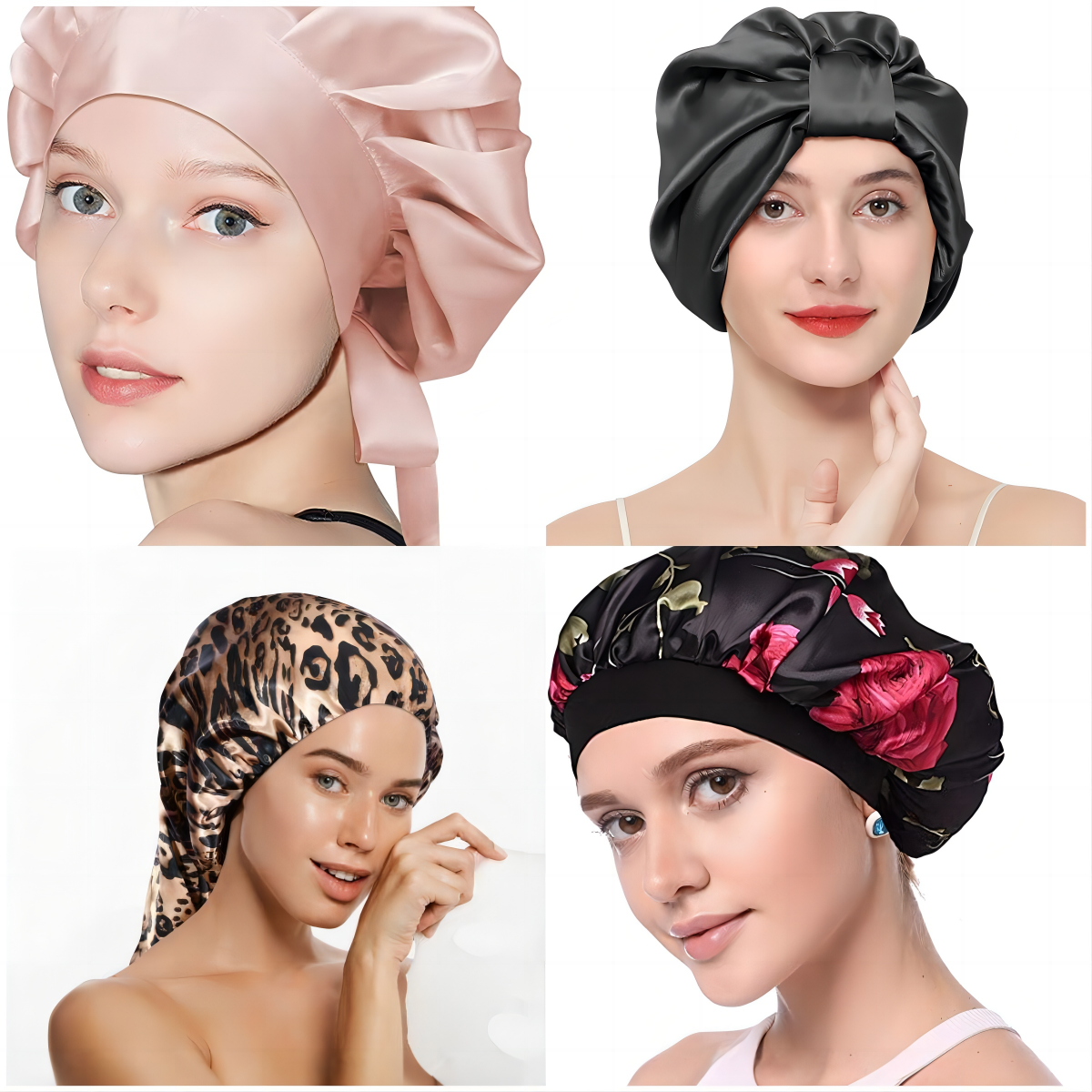
Opt for bonnets with adjustable buttons for a secure fit. Experiment with different buttonholes to determine the ideal snugness.
• Strap bonnet
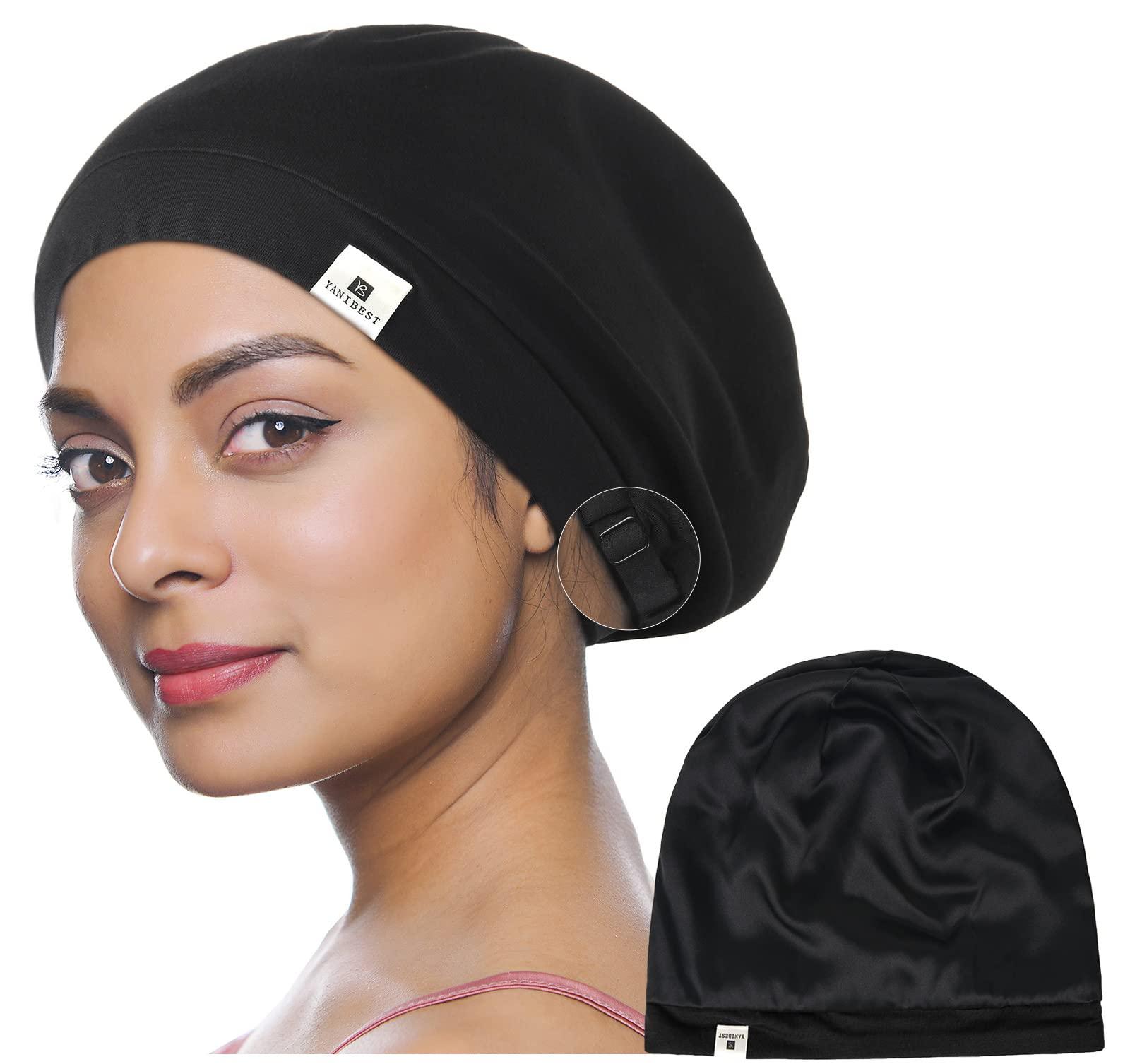
Choose bonnets with adjustable straps for flexibility and comfort. Wrap the strap around your head and secure it with a knot, ensuring a comfortable yet snug fit.
7. Find your favorite color
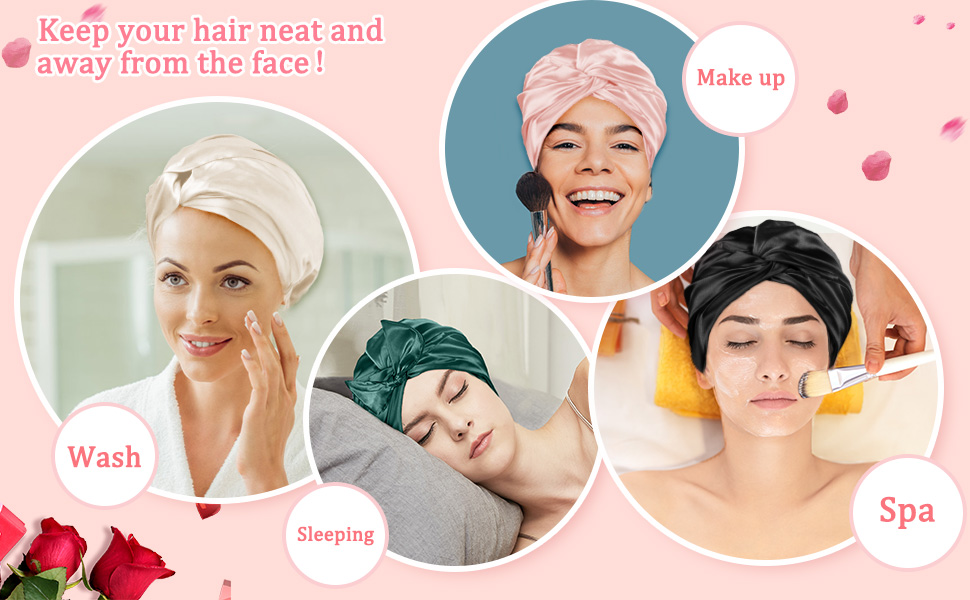
Select a bonnet color or pattern that resonates with your personal style and preferences. Coordinate with your clothing or hair color for a cohesive look, whether for indoor or outdoor use.
Conclusion
In summary, investing in a sleep cap offers numerous benefits for hair health and sleep quality. By selecting the right material, size, and style, you can enjoy maximum comfort and protection while enhancing your overall sleeping experience. Whether you opt for silk or satin, ensure your sleep cap meets your needs for a restful night’s sleep and healthier hair. Sweet dreams!
